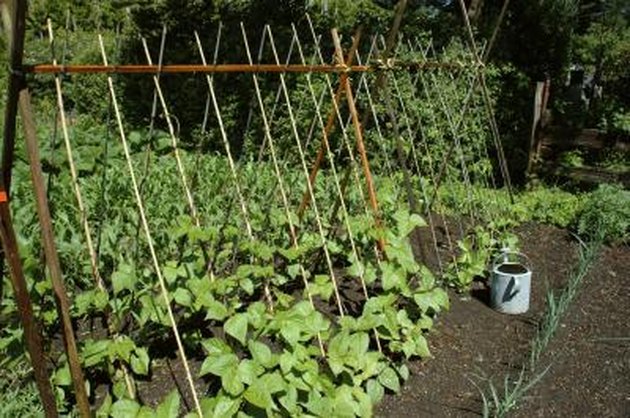Vertical gardens
Edibles that adapt well to vertical
planting include fruiting vines such as kiwi (Actinidia deliciosa),
Siberian gooseberries (Actinidia arguta), edible flowers such as vining
nasturtiums, and vertical garden vegetables such as peas, squash, tomatoes, and pole beans.
Costs are varied depending on the project, but on average the cost
for installing a living wall system, complete with plants, is $195 -
$265 per sq ft. Once installed living walls require on-going maintenance
regularly to stay healthy and vibrant. Vertical Gardens differ significantly from "green facades"
A vertical garden is a technique used to grow plants on a vertically
suspended panel by using hydroponics. These unique structures can
either be freestanding or attached to a wall. ... While potted plants
have the advantage of being placed anywhere, they can take up space and
require lots of maintenance.
Other living wall systems use hydroponics to grow the plants, so a consistent water supply is necessary. An irrigation system is sometimes installed at the top of the wall to drip water down the wall and collect it in a trough at the bottom. The alternative is to hand water the living wall with a hose or watering can.


Comments
Post a Comment